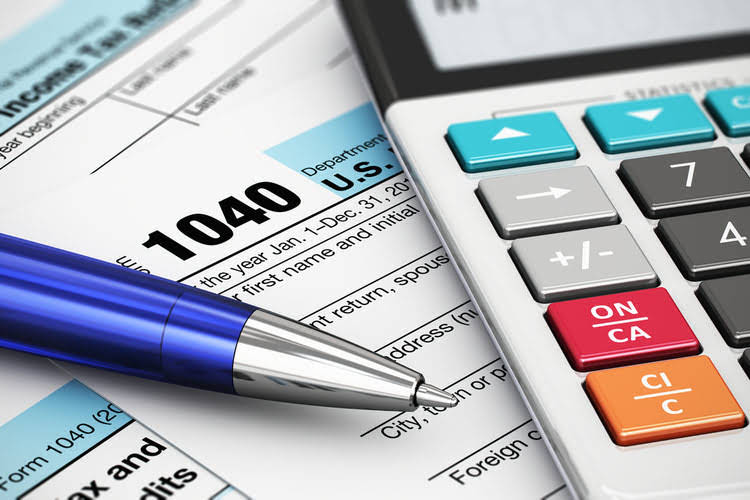
A variable cost is a type of expense that changes in direct proportion to a company’s level of production or sales volume. When output increases, total variable costs rise; when output decreases, they fall. Examples include raw materials, direct labor, and sales commissions. Unlike fixed costs, variable costs fluctuate with business variable cost definition economics activity, making them essential for break-even and cost-volume-profit analysis. Variable costs are expenses that change in direct proportion to the level of production or sales volume. Unlike fixed costs, which remain constant regardless of the level of production, variable costs increase as production increases and decrease when production declines.
- Businesses must stay agile and responsive to these changes to maintain cost efficiency.
- Balancing these two types of costs to optimize overall cost structure requires a nuanced approach and continuous monitoring.
- Accordingly, Sage does not provide advice per the information included.
- In competitive markets, understanding variable costs helps in setting prices that attract customers while ensuring profitability.
- For example, the cost of raw materials used in producing output is a variable cost.
“Variable Costs” also found in:

Fixed cost refers to expenses that do not change with the level of Debt to Asset Ratio production, such as rent and salaries, and must be paid regardless of output. The following list contains common examples of variable expenses incurred by companies. Institutional economists might examine how social, economic, and political institutions affect cost structures, including how variable and fixed costs are perceived and managed.
Theory of the Firm – Explaining Variable Costs

Fluctuations in raw material prices, labor rates, or other variable cost components can pose challenges in cost forecasting https://www.bookstime.com/ and budgeting. Businesses must stay agile and responsive to these changes to maintain cost efficiency. Improving operational efficiency can reduce variable costs per unit of production. This might involve optimizing production processes, negotiating better terms with suppliers, or investing in more efficient technology.

Costs Revenues and Profits – Key Terms
Nevertheless, by understanding and properly applying marginal cost analysis, companies can make more informed decisions about their operations, ultimately leading to more profits. When things are running smoothly, and the ovens aren’t maxed out, making one extra loaf of bread doesn’t cost much—after all, the ovens are already hot, and the staff is already there. However, if the bakery needs to add an extra shift or lease new equipment to increase production, the marginal cost of more loaves would rise significantly. Variable cost examples include freight on each order, packaging per unit, sales commissions, per-unit royalties, and piece-rate wages. Below are three methods to calculate different types of variable costs. Variable costs are the expenses a business incurs that change with the amount of goods produced or services provided.

However, even if you didn’t produce any cars, you may still need some workers to look after an empty factory. In the variable expense equation, the variable expense is a dependent variable—internal and external factors are independent variables. Here, internal and external factors refer to components like production scale, workforce, socio-political environment, etc.
- It represents the allocation of the cost of an asset over its useful life and remains constant over time.
- By closely controlling and managing these costs, you can seize opportunities to improve efficiency, maximize profits, and remain competitive in a fast-paced market.
- This formula demonstrates that total variable cost fluctuates based on the number of units produced, while variable cost per unit remains constant.
- Variable costs are also known as direct costs or unit-level costs, as they are directly tied to the number of units produced.